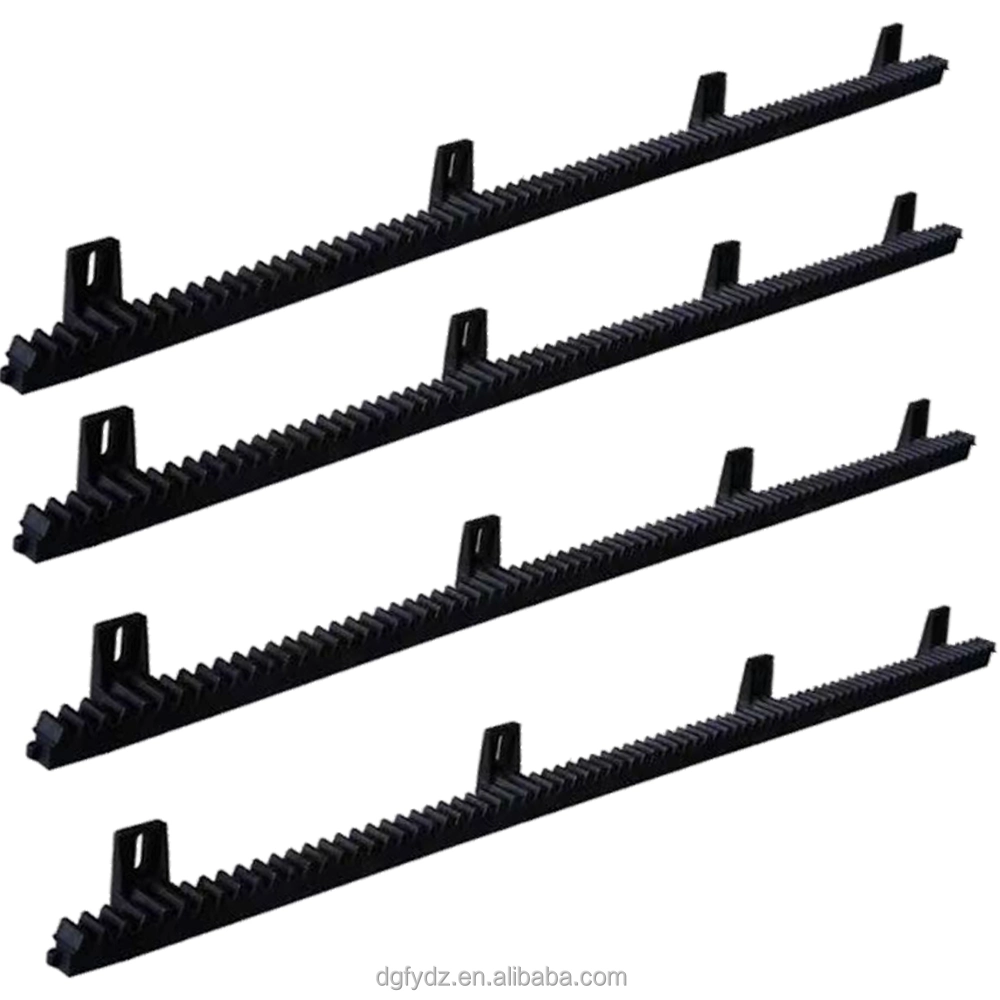The Truth Behind Rubbing Compounds: Can They Safely Remove Clear Coat?
When it comes to automotive detailing and paint correction, the question of whether rubbing compounds can remove clear coat is a common concern among car enthusiasts and professionals alike. Understanding the relationship between rubbing compounds and clear coat is crucial for anyone looking to maintain the integrity of their vehicle's finish. In this article, we will delve into the mechanics of rubbing compounds, their intended use, and the implications for clear coat removal.
Understanding Rubbing Compounds
Rubbing compounds are abrasive materials designed to remove imperfections from a vehicle's paint surface. These imperfections can include scratches, oxidation, and swirl marks that accumulate over time due to environmental factors and regular wear and tear. Rubbing compounds work by using fine abrasives to level the paint surface, effectively smoothing out imperfections and restoring clarity.
The Composition of Clear Coat
Before we address the core question, it’s essential to understand what clear coat is. Clear coat is a transparent layer applied over the base coat of automotive paint. Its primary purpose is to protect the underlying paint from UV rays, environmental contaminants, and physical damage. Clear coat also enhances the depth and gloss of the paint, contributing to the overall aesthetic appeal of the vehicle.
Does Rubbing Compound Remove Clear Coat?
The short answer is: yes, rubbing compounds can remove clear coat, but it depends on several factors, including the type of compound used, the technique employed, and the condition of the clear coat itself.
- Type of Rubbing Compound: There are various formulations of rubbing compounds, ranging from aggressive to mild. Aggressive compounds are designed for heavy correction and can remove significant amounts of clear coat. In contrast, milder compounds are suitable for light imperfections and are less likely to compromise the clear coat.
- Application Technique: The method of application plays a critical role in determining whether clear coat will be removed. Using excessive pressure or prolonged application can lead to the removal of clear coat. It is essential to use a light touch and to frequently check the surface to avoid over-polishing.
- Condition of the Clear Coat: If the clear coat is already thin or damaged, the risk of removal increases. In such cases, it is advisable to assess the condition of the clear coat before proceeding with any rubbing compound application.
Best Practices for Using Rubbing Compounds
To minimize the risk of clear coat removal while effectively using rubbing compounds, consider the following best practices:
- Test Spot: Always perform a test spot in an inconspicuous area before applying the compound to the entire surface. This will help you gauge the effectiveness and potential impact on the clear coat.
- Choose the Right Product: Select a rubbing compound that is appropriate for the level of correction needed. For minor scratches, a less aggressive compound is often sufficient.
- Use Proper Tools: Utilize a dual-action polisher or a foam applicator pad to ensure even application and reduce the risk of damaging the clear coat.
- Monitor Progress: Frequently check the surface during the polishing process. If you notice any signs of clear coat removal, stop immediately and reassess your approach.
- Follow Up with a Finishing Polish: After using a rubbing compound, it’s advisable to follow up with a finishing polish to restore gloss and clarity to the surface.
Conclusion
In conclusion, while rubbing compounds can effectively remove imperfections from a vehicle's paint, they also carry the risk of removing clear coat if not used correctly. Understanding the composition of rubbing compounds, the nature of clear coat, and employing best practices can help you achieve the desired results without compromising the integrity of your vehicle's finish. Always prioritize caution and care when working with these products to ensure your vehicle remains in pristine condition for years to come.

Average Rating